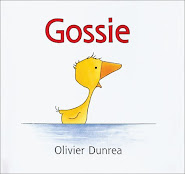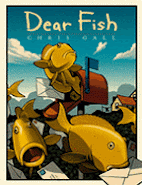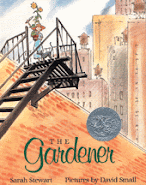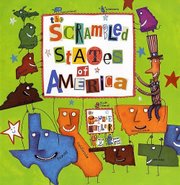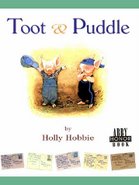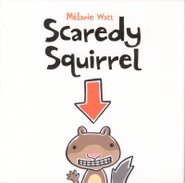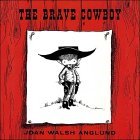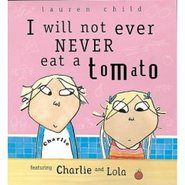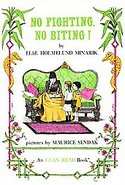I need help with food for my almost 3 year old. I feel like I am in a rut, and that she isn't willing to try new things. What are some good food ideas that are nutritious and exciting for kids, and what are some ways to get kids to eat more? How many times do I need to have her try something before I realize she just doesn't like it? Or do I keep trying? Do I use the "go to bed hungry" tactic? Do Not's
Do Not's
1. Don't give up. It takes ten (10) times of eating any food before we can truly determine if children like something (ok, I'm sure they wouldn't appreciate this if they knew, but there are so many new things, not only taste but texture, etc. to familiarize their little tongues to).
2. Don't worry about starving them. If they don't eat enough at dinner they will make it up the next day (of course children are much crankier without food, so I try not so much for their stomachs but for their moods). And literally their appetites are so small sometimes, but the instant they are growing they will eat so much better. So, worrying isn't worth it.
3. Don't leave them in their high chair too long - it makes crazy associations with food and feeling stuck or unhappy - so just be aware of this.
Do's (these are all debatable, but I'm all about new ideas, my personal favorite is last on the list)
1. Get creative. Kids like a challenge and something exciting, so really plate your meals in an exciting way. Instead of cutting their sandwich into four squares, cut them ragged and pile them high...a Ham Sandwich Mountain...put a dinosaur or a ballerina on top. Or, turn the squares into diamonds and present the sandwich as a butterfly - the favorite meal of fairies.
2. Name the food something different - if you've read I Will Not Ever Never Eat a Tomato (book cover on the side) they call tomatoes- moonsquirters; potatoes - cloud fluff; peas-green drops from Greenland. Boys love nasty Halloween phrases - guts, eyeballs, you know, the words that make us queasy.
3. Soup - Let them use a straw to drink it - Won Ton Soup, Gazpacho, Chicken Noodle...if they feel like it isn't aloud it will make it more fun.
4. Dads have the biggest influence on this sort of thing - if they eat something and love it - talk about how delicious broccoli is and how they know its why they are so tall and strong...it will make a huge difference.
5. Playing with their food - usually this is a sign children are finished. But for some kids if they can play with it long enough, they will absentmindedly put something in their mouth - so just be patient enough to learn which category your child fits in.
6. Dipping is the dream solution. Most kids love the process of dipping. With most meals, I like to have a "pool" for them to dip in - usually a separate bowl. So, a "pool of syrup" for most breakfast items - including fruits they aren't great at eating - kiwi, mango, passion fruit, blue berries. A "pool of ketchup, ranch, or Italian dressing" is also genius for tomatoes, cucumbers, celery, whatever else. For some magic reason, dip, dip, dipping is a wonderful tool.
7. Eat with them. A lot of times meals are a chance to get errands done, but if they are having a hard time eating, I would change your habit for a few weeks. Just to send this message - what you eat is so important I want to sit here and watch you do it!
8. Finally, and I am not embarrassed to admit this - candy. That's right - straight up bribery. I have been doing this lately and my two year old is eating foods he never would have dreamed of trying (because it is always the trying that's hard). I literally sit next to him with an unseen pile of jelly beans. And for every bite of something I ask him he can get a jelly bean. It goes like this, "Chase if you eat that asparagus you can have a jelly bean." Half way through eating he wants the jelly bean, "Chase you have to finish eating the asparagus. Chew, chew, chew and swallow it...and then you can have candy!" He has eaten so many things - and he is getting over the fear of it. So now, when he sees a green bean, he knows he has eaten it and he tries it again without the candy...not always. But, a lot! I know many people would roll over in their grave, but hey, its working.
What works for you?
Painting: Apples, Peaches, Pears, and Grapes by Paul Cezanne
 I have a question for you... is there a method to the madness of what to teach a kid when? My child knows most of his animals and body parts and I'm trying to decide if there is something I should focus on teaching him next? Seems like colors, numbers or the alphabet should be next.
I have a question for you... is there a method to the madness of what to teach a kid when? My child knows most of his animals and body parts and I'm trying to decide if there is something I should focus on teaching him next? Seems like colors, numbers or the alphabet should be next. 








